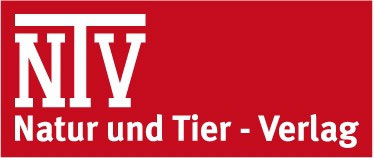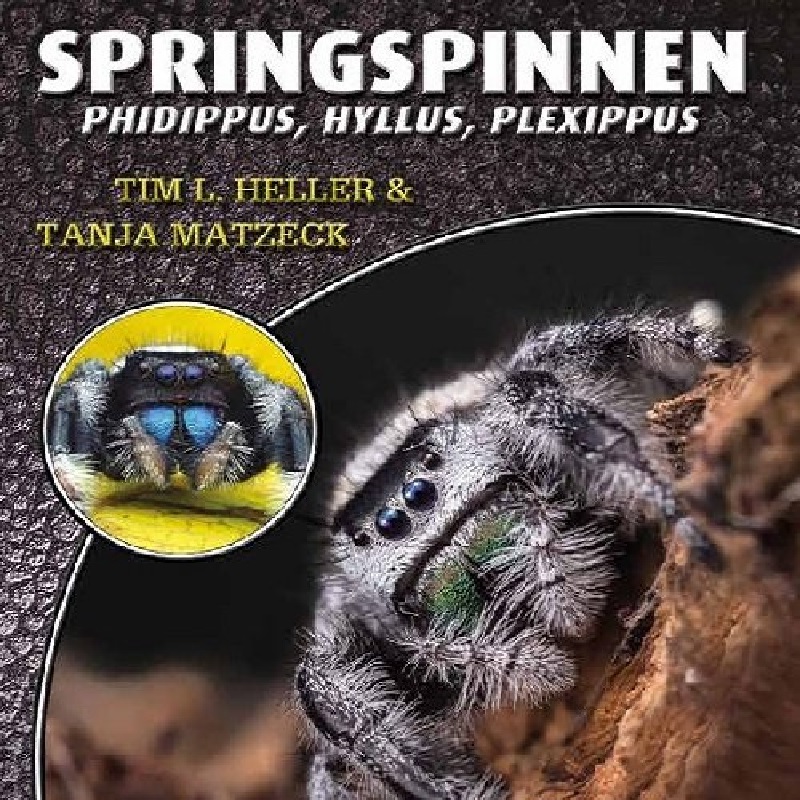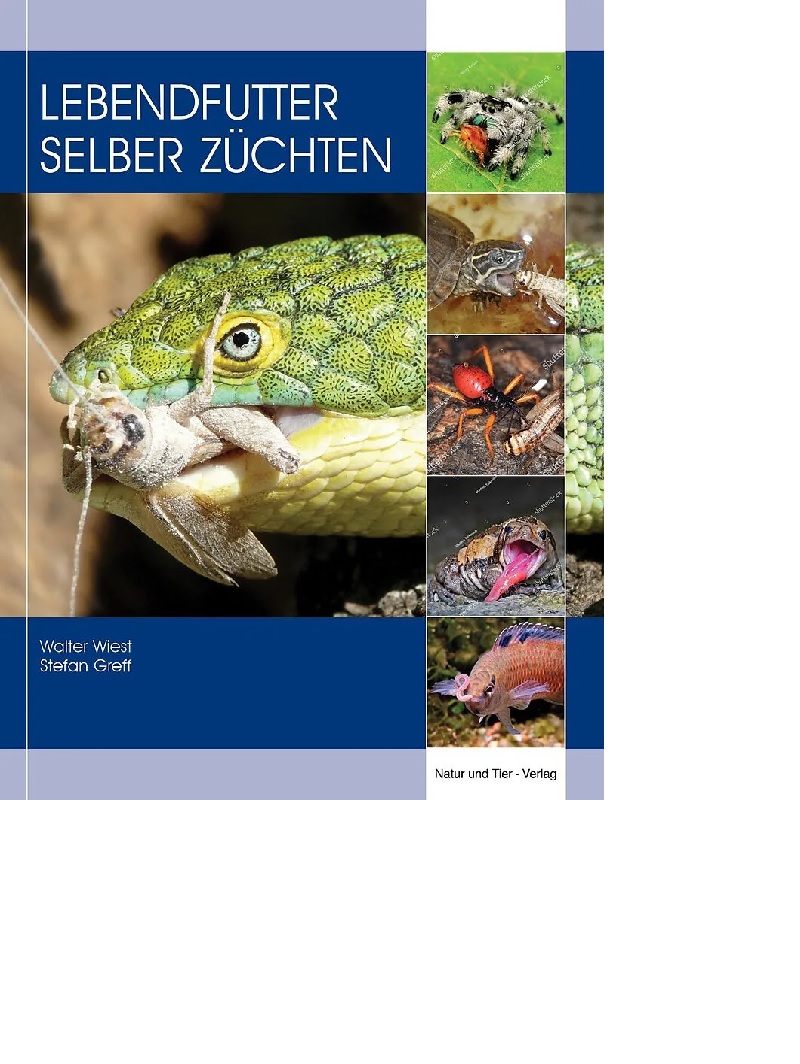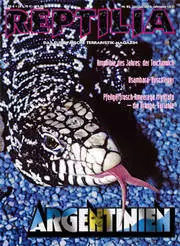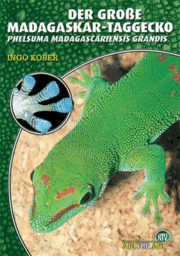

Reptilia 08 - Greiffrösche
Taggeckos auf den Maskarenen
Königspython
Arizona
Inhalt:
Seite 2 - Editorial
Seite 3 - Leserbriefe
Seite 5 - Magazin
Seite 14 - Western Herp Perspectives: Albino-Schildkröten, von B. Love
Seite 16 - Fotoreportage: Greiffrösche, von C. Proy
Seite 23 - Reportage: Eingewachste Schlafmützen - Makifrösche, von Dr. H. Hermann
Seite 28 - Haltung und Zucht: Haltung und Zucht des Rotaugenfrosches, von H. Birkhahn und K. Wassmann
Seite 33 - Reisebericht: Arizona, von H. Werning
Seite 39 - Porträt und Poster: Laudakia stellio, von D. Modry und P. Necas
Seite 43 - Reportage: Die Gattung Neurergus - Faszinierende Bergbachsalamander, von S. Steinfartz und G. Schultschick
Seite 49 - Haltung und Zucht: Haltung und Zucht des Königspythons, von W. Wengler
Seite 54 - Reportage: Taggeckos auf den Maskarenen, von G. Trautmann
Seite 60 - Herpetologie und Kultur: Der Reptilienkult im Reich der Pharaonen, von L. Batista Carissimi-Priori
Seite 69 - Reptilia unterwegs: Zoo-Aquarium in Berlin, von H. Werning
Seite 74 - Rat und Tat
Seite 77 - Bibliothek
Seite 80 - Brutkasten: Glosse von H. Evers
0 of 0 reviews
Login
Similar products

